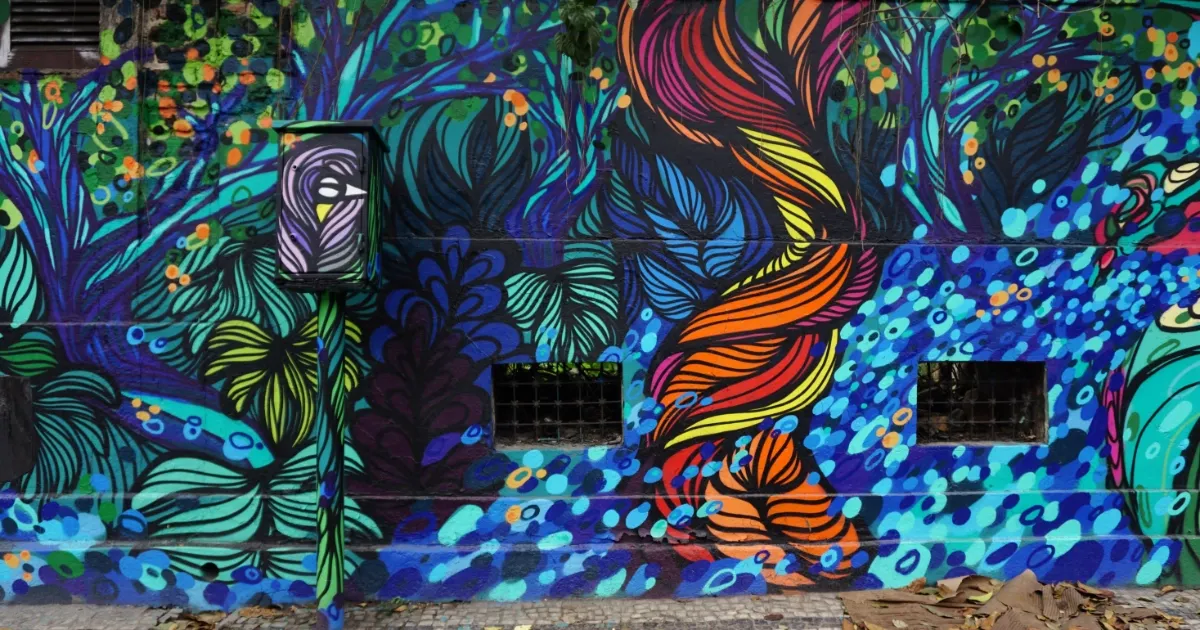
When Beauty Gets Buried in Bureaucracy
Explore how public art in Mandurah is shaped by community approval, insurance, and maintenance policies
Across Dawesville, blank walls dominate the urban landscape, concrete, grey & silent. Residents walk past them daily, imagining what could be: a vibrant mural, a story told in colour, a message of hope or heritage. But instead of beauty, they get bureaucracy.
To install a mural in Dawesville, one must first prove that the community wants it, secure public liability insurance, and commit to ongoing maintenance. These requirements, while designed to protect public space, often prevent it from being transformed. And the cost? A professionally painted mural can run into the tens of thousands, making it inaccessible for most community groups or small businesses.
Not an Endorsement of Graffiti
This isn't a call for tagging or vandalism. Graffiti damages trust and public property. But there's a difference between defacement and expression. In cities across Europe, walls are alive with art, murals, paste-ups, and spontaneous works that challenge, inspire & beautify. These works aren't always permanent or universally loved. But they're allowed to exist. They're allowed to speak.
Beauty Shouldn't Be a Bureaucratic Luxury
When public art becomes a managed amenity, requiring insurance, surveys, and long-term upkeep, it risks becoming exclusive. The result? Fewer murals, fewer moments of joy, and fewer chances for residents to feel connected to their surroundings. Dawesville's walls remain grey not because the community lacks imagination, but because the process lacks flexibility.
Learning from Nedlands: Strategy and Flexibility
The City of Nedlands' Public Art Strategy 2025-35 offers a more inclusive model. It supports both permanent and temporary works, recognising that even short-lived art can enrich public space. Their "percent for art" programme encourages developers to contribute 1% of project costs toward public art, resulting in diverse installations across the city.
Nedlands also embraces flexible definitions of artists, welcoming emerging, Indigenous, and street artists into civic spaces. Their strategy values community identity, storytelling, and accessibility, without requiring every artwork to be permanent or insured.
Creative Risk Zones: A Framework for Temporary Public Art
Mandurah could adopt similar approaches to unlock beauty for its residents. Here are five practical ideas:
- Rotating Walls or Panels: Freestanding panels in parks or laneways allow short-term murals with minimal paperwork. Works are archived before being replaced.
- Pop-Up Art Trails: Ephemeral works, chalk murals, paste-ups, textile installations, appear along walking routes. No insurance required; works are expected to fade or be removed after a set period.
- Community Expression Boards: Large, weatherproof boards invite residents to contribute drawings, poems, or messages. Monthly themes foster civic dialogue without formal approval.
- Artist-in-Residence Pop-Ups: Local businesses or libraries host short-term mural projects on temporary surfaces. Artists engage with the public during creation, celebrating process over permanence.
- Trial Zones for Uncommissioned Work: Designated walls allow artists to submit work without full community endorsement. Public response is reviewed after installation, not before.
These ideas honour Mandurah's need for civic order while making space for spontaneity, dialogue, and beauty. They invite residents to experience art, not just approve it, and give communities a chance to reclaim their walls.
08 Oct 2025

